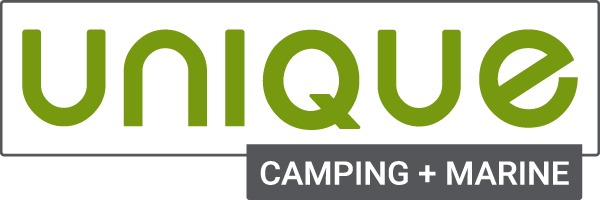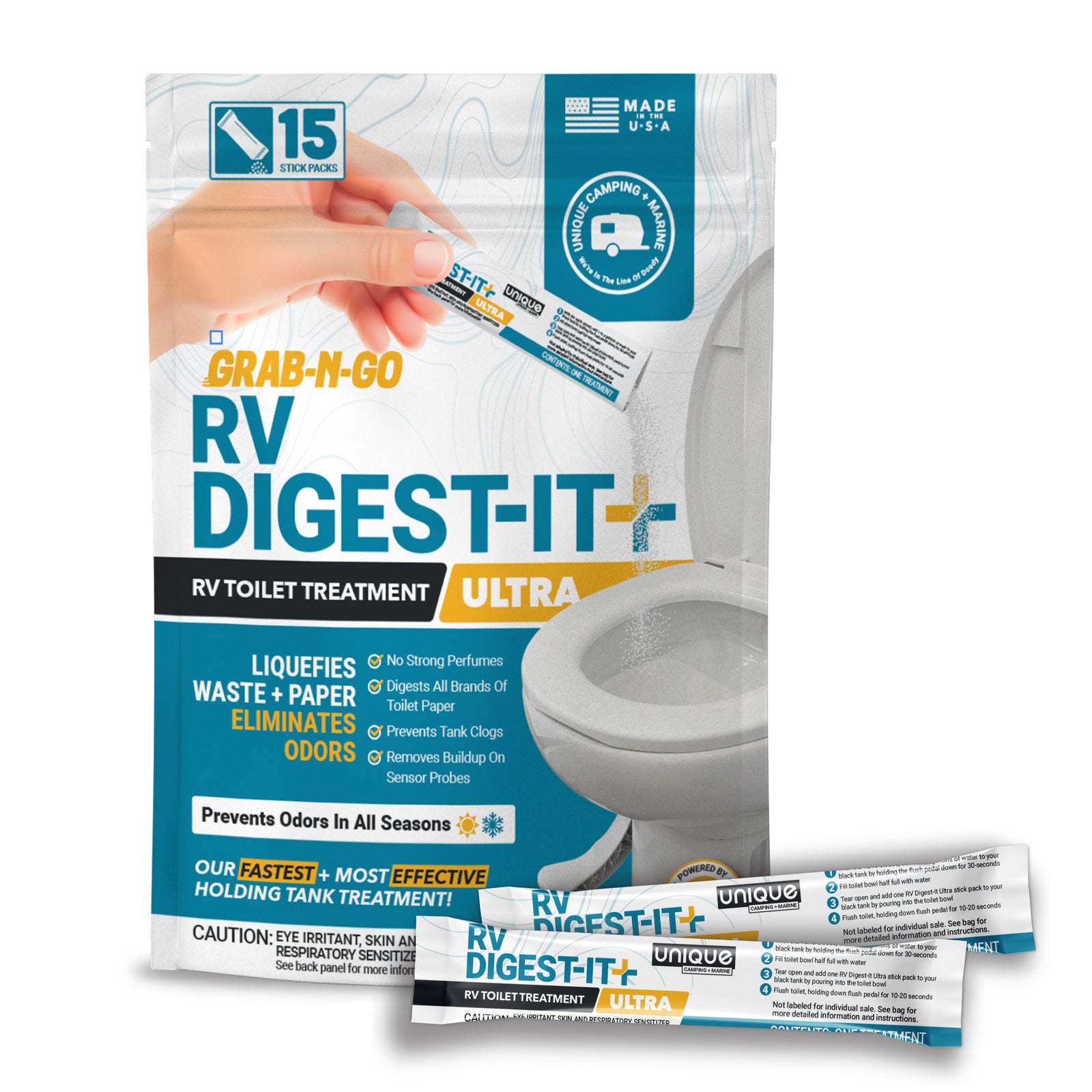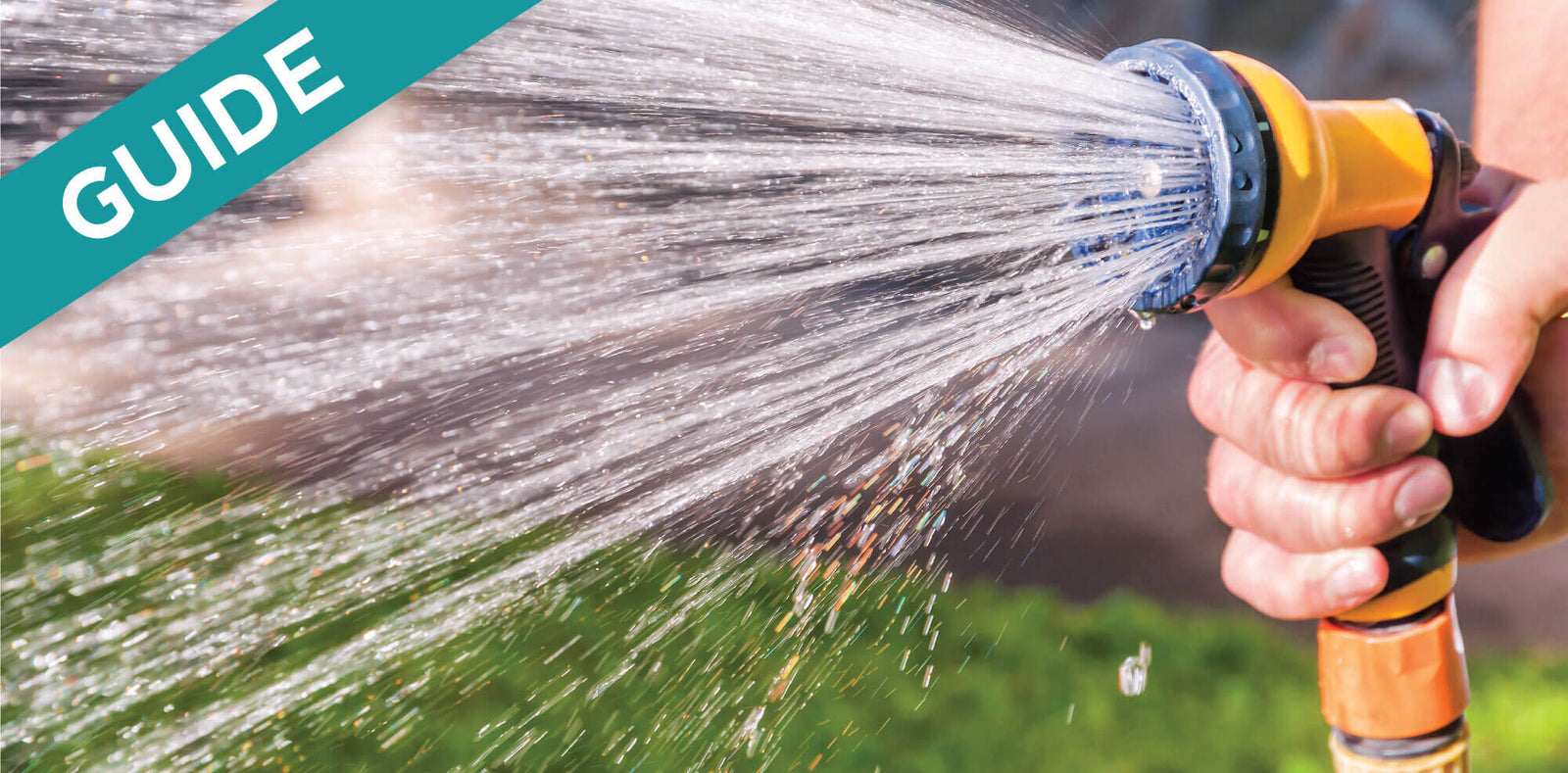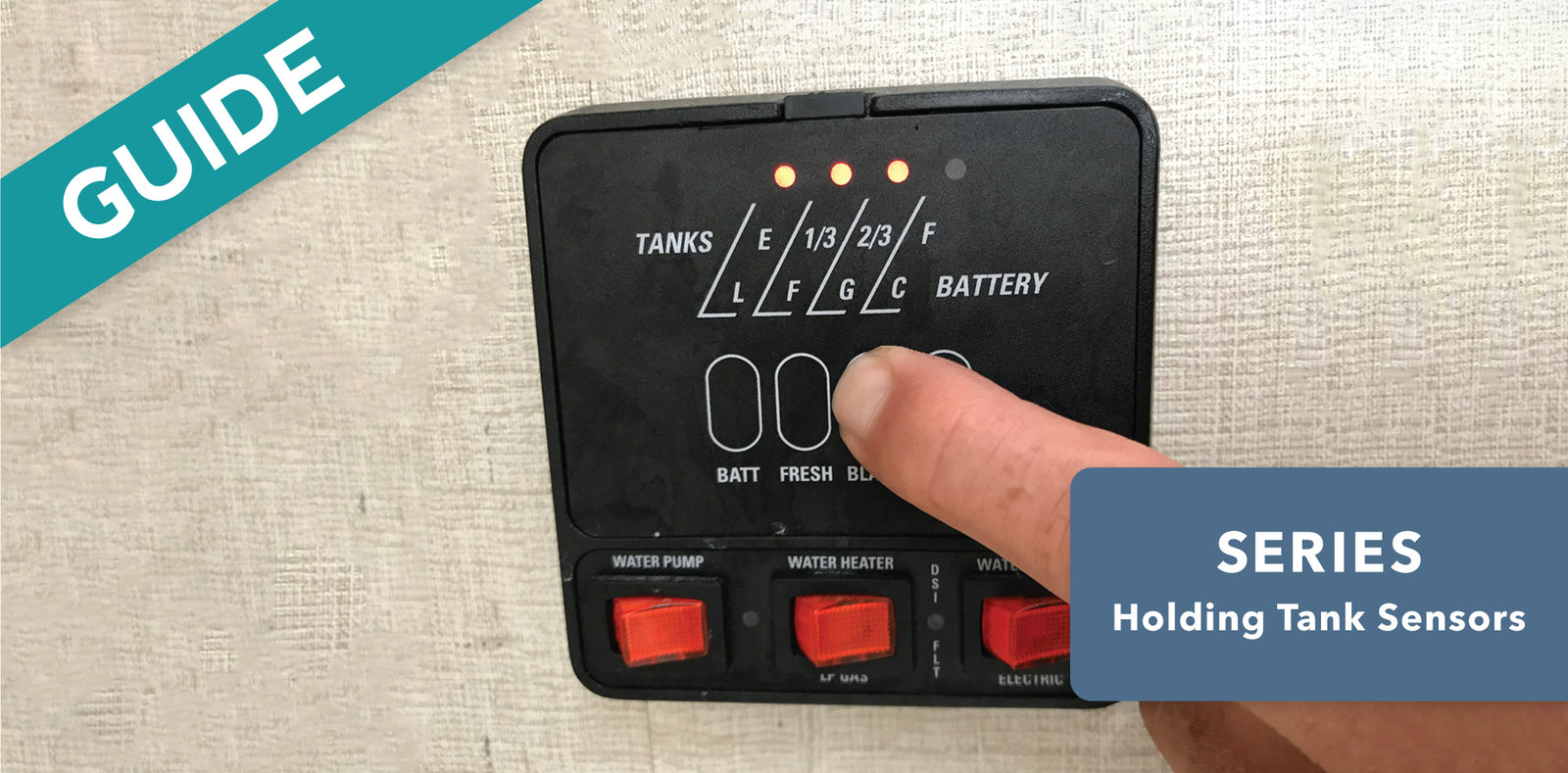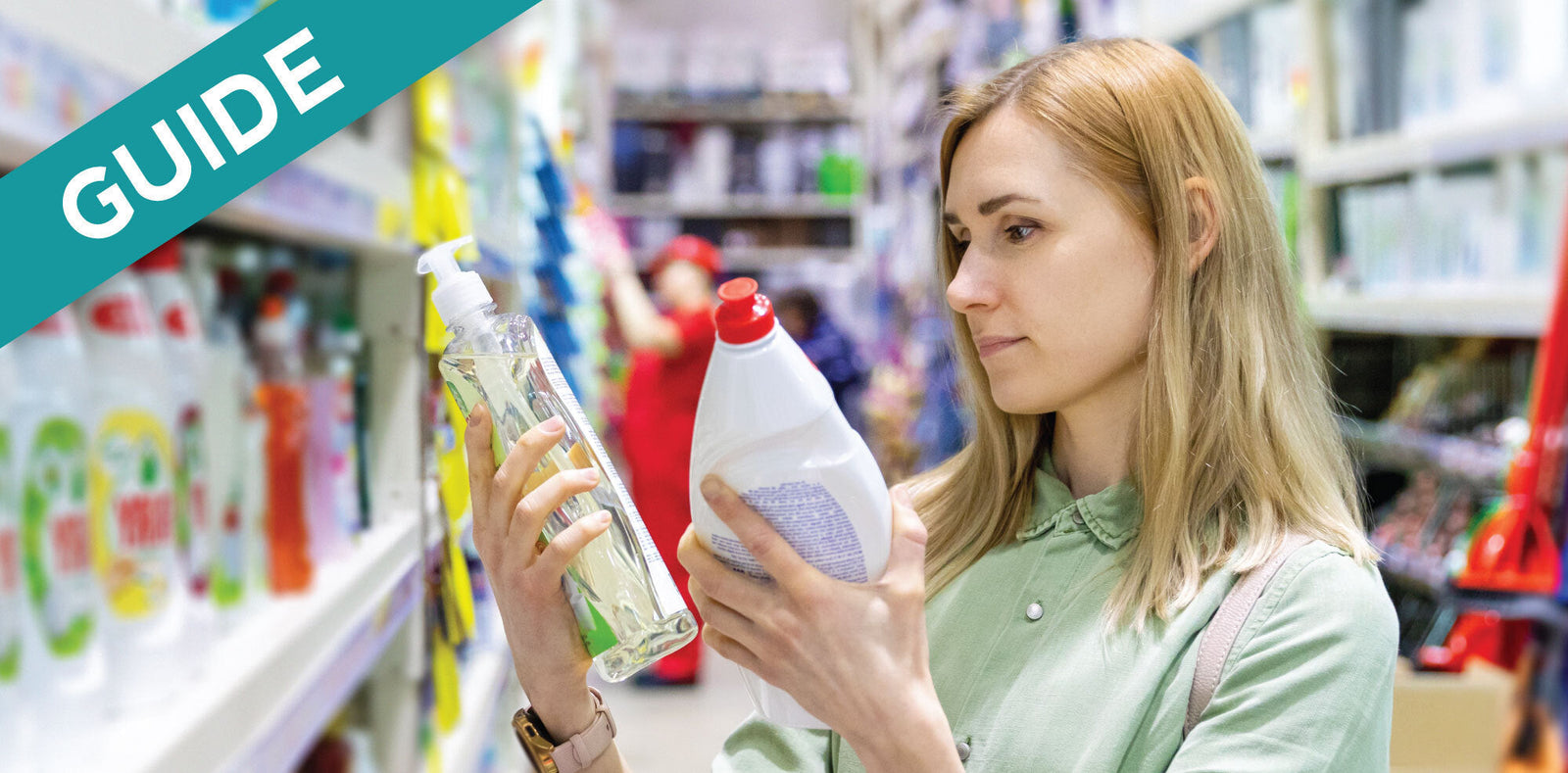
Key Points:
- Bacteria and enzyme tank treatments are the all-around best choice.
- Scientifically, the Geo Method and the ice and driving technique do not deliver the results they claim.
- Dawn Ultra dish soap is fantastic for cleaning gray/galley tanks, but ineffective when it comes to black tanks.
- Drain openers and chemical cleaners can damage rubber seals and other tank components and should be avoided.
Let's face it, RV sensors can be a lot of trouble. From them becoming dirty and not reading correctly to wires breaking off or the insulation rubbing against the RV while driving to the sensors not being measured and installed correctly from the factory, there are a great deal of things to cause your sensors to misread. While there are many things that can cause your sensors not to work, we have some recommendations to give them their best shot.
Maintaining functioning tank sensors starts with The Unique Method, which is a 50/50 approach: 50 percent in the type of products you use and 50 percent in the care habits you practice. Many people dealing with misreading holding tank sensors want a quick solution, but quick solutions rarely provide the long-term fix they desire. To ensure future functionality, you need to consistently adhere to the two elements of the 50/50 approach:
- Using the most effective cleaning products
- Performing the correct maintenance processes
But current sensor issues may not be resolved by simply practicing the 50/50 approach. If you have not been practicing the right tank care habits and are dealing with stubborn sensor problems right now, provided there is no physical damage such as a broken or grounded wire, you may be able to take care of it with the right cleaning product. However, even using the most effective products can still be a time-consuming task as multiple treatments might be required. There are lots of product options when it comes to cleaning RV tank sensors, but you should know the benefits and drawbacks of each before making a decision. Some of the categories of RV tank sensor cleaners and methods are:
- Bacteria and enzyme blends
- Surfactants (soaps) and The Geo Method
- Dawn Ultra dish soap
- Ice and Driving Technique (not recommended)
- Drain openers and chemical cleaners (not recommended)
Bacteria and Enzyme Blends
Out of the various bacteria and enzyme sensor cleaners on the market today, Restore-It is by far the highest quality and most effective treatment because it’s packed with superior ingredients, specially formulated strains of the highest quality bacteria, and the highest concentrations of active ingredients. The bacteria and enzymes that are added to the black tank(s) by using this type of product work together to begin breaking away the debris stuck to the sensors. After letting Unique Restore-It sit in your tank for many hours (ideally 72 hours or more), you can dump the tank and perform a thorough rinse to knock off any remaining residue.
Keep in mind though, sensor cleaning products must be used correctly; pouring a bottle of sensor cleaning fluid into your tank and walking away will not fix the problem. If you add a cleaning solution to a half full tank, only the sensors on the bottom half of the holding tank will be cleaned because the low water level prevents the cleaning solution from reaching the upper half of the sensors. We recommend filling the tank completely with water (if possible) every time you do a sensor cleaning to be sure every sensor is thoroughly cleaned. Unique Restore-It is the most effective sensor cleaner out there, but only if it is used as directed.
Note: For more step-by-step instructions on how to use Unique Restore-It to restore malfunctioning black tank sensors, refer back to the How to Clean and Restore RV Holding Tank Sensors guide.
The great thing about bacteria and enzyme sensor cleaners is that they are very easy to use, quickly effective, typically less expensive than the large quantities of soaps and detergents used in surfactant-based remedies, and don’t require movement to help the cleaner slosh around in the tank; stationary units can still see great results from using this type of product. Be cautious, though, when choosing a bacteria and enzyme sensor cleaner because so many of the other bacteria-based cleaning products have low bacteria concentrations and inconsistent strains. Unique Camping + Marine varies the bacteria strains in our products and selects strains that produce specialized enzymes to better target certain types of organic matter. Bacteria and enzyme blends can sometimes be on the expensive side, but there is less chance for humans, the environment, and your tanks to be negatively affected by them.
Cleaning RV black tank sensors is a tough job, so make sure you’re correctly using the most effective tank sensor cleaner on the market that will provide peace of mind: Restore-It. Keep in mind that even using Unique Restore-It, multiple treatments may be required. Remember, if the first treatment doesn't fix the problem, it's not necessarily because the product is ineffective; the product must be used as directed, more treatments may be needed to remove stubborn debris, or sensors/wiring could just be broken altogether. No treatment product will fix a broken sensor/wiring. Whatever the situation, we're available to answer questions and help you get the best results, so contact us any time.
Surfactants and The Geo Method
The Geo Method is one of the most popular tank and sensor cleaning techniques passed around the RVing community. However, we’ve thoroughly analyzed The Geo Method from a scientific and testing perspective and reject the idea that its chemical combo is able to effectively and comprehensively clean or loosen waste; we always prefer to lean on consistently effective, scientifically-based solutions that we can biologically explain. The chemicals used in this method will also kill bacteria inside your tank, so if you intend to use bacteria and enzyme treatments in your tank, we do not recommend using The Geo Method.
The Geo Method claims to clean RV tanks and sensors using a combination of a water softening product called Calgon and surfactants like dish soaps or laundry detergents. Surfactant is just a fancy way of saying soap, and they are often recommended as a way to clean the inside of RV holding tanks and sensors. Softened water allows surfactants to work better, meaning it will foam up and be more efficient at cleaning the buildup you are targeting. Allegedly, the Calgon coats the walls of the tank and the sensors, making them slick so that debris and residue that normally sticks to them slides right off, but testing and analysis does not confirm that this is the case. Calgon doesn’t “coat” much of anything but instead probably just changes the chemistry of the water, preventing calcium buildup on a microscopic level, and since you’re not trying to prevent calcium buildup in your black tank, it’s clear to us that Calgon will not do much to dislodge already built-up waste residue or even prevent new residue from adhering.
The Geo Method isn't proven, and most frustrated RVers we talk to report that they've tried this technique many times without achieving the desired results. Because of the inexact nature of this method, you may have to play around with measurements and ratios to try to achieve the result you want, but the truth is, it’s possible you may not be able to clean RV tank sensors with this method.
Note: For more details on the merits and pitfalls of this technique, refer to our guide on The Geo Method.
Dawn Ultra Dish Soap
Many people also try The Geo Method on gray or galley tanks but we have found that the best sensor cleaner for gray tank(s) is Dawn Ultra dish soap. Gray/galley tank sensors can become blocked by oily residue and may coat the walls of the gray tank making pathways between the sensors which allows the circuit to close caused by any liquid at the bottom the tank. Some of the residue is in the form of food grease, soaps, shampoos, conditioners, and lotions. This type of buildup requires a different kind of cleaning product: a grease-eater, and the best one out there is Dawn Ultra dish soap. While it seems counter-intuitive to add more soap to a tank with sensors already covered by soap scum and grease, this particular dish soap is fantastic at attacking the grease and scum buildup without leaving its own residue behind.
Washing your dishes with Dawn Ultra can help add more of the soap to the tank which can be useful in between times of deep cleaning the gray tank. Dawn Ultra is very effective at cleaning gray tanks, but grease-eating products like it will have basically no cleaning or breakdown effect on black tank waste like feces and toilet paper. There shouldn’t be much grease in your black tanks, unless you’re dumping food waste down the toilet; there may be a minuscule amount of grease from the waste breakdown process, but not enough to necessitate the addition of Dawn Ultra to your black tank(s). If you are using your black/gray combo tanks for both types of wastewater, we recommend cleaning sensors first as if it was a black tank, and when you’re finished, you can always clean it as you would a gray tank with Dawn Ultra, just to ensure that both types of potential grime on the sensors are thoroughly cleaned off.
The Ice and Driving Technique
The ice and driving technique has been around for a while. The basic idea is that you put a certain amount of ice and a small amount of water and detergent/dish soap in your tank and then drive around for a few hours to let the mixture slosh around in the tank. The ice is meant to be a scouring agent for the walls of the tank and the detergent offers additional cleaning assistance, but the advised proportions of water, ice, and detergent are difficult to master and you would still have to drive around like a maniac for the mixture to even reach the top sensors. And when you think about it, cleaning grime off of something usually works better with hot soapy water, not ice cold water. You may see better results by filling your tank with hot water and detergent and driving around, but from our experience with customers who have tried this technique, they report it is pointless, unsuccessful, and a waste of time and money.
Drain Openers and Chemical Cleaners
If the above techniques don’t work for you, its tempting to resort to chemical cleaners like Liquid Plumbr, Drano, and Pine-Sol. These products may contain chemicals like acids, lye, or potassium hydroxide to physically burn away the debris that is stuck to the holding tank sensors. These products may work to remove debris in home bathrooms but they can easily damage your sensors, valves, and seals. Not to mention some corrosive chemicals can also have negative effects on humans, pets, and the environment. Also, since chemical-based products kill bacteria, you'll need to make sure you thoroughly rinse the tank clean of any residual chemicals before adding bacteria-based treatments.
In some very rare cases, these types of cleaners may be the only thing strong enough to eliminate the stubborn residue, but you'll need to weigh their pros and cons based on potential tank damage, safety, cost, and effectiveness. Always check your RV user manual before using cleaners like these; using a chemical cleaner not recommended by the manufacturer could result in damage that may not be covered by a warranty. Generally, we recommend avoiding the use of these chemical cleaners because of the fact that it will counteract any bacteria-based cleaners or treatments you may want to use. If you are desperate to fix a sensor issue and have tried everything else but do not want to risk using the chemical cleaners, you can also install external sensor readers that will have a much lower probability of malfunctioning.
Now that you know what all the options are, it's up to you to weigh the risks and rewards of each choice.
Review
Let’s briefly review what we covered in this article:
- If there is no physical damage to the sensors or the wiring, bacteria and enzyme tank treatments are the all-around best choice because they are the most effective.
- Many customers have reported that the Geo Method and the ice and driving technique do not deliver the desired results.
- Dawn Ultra dish soap is fantastic for cleaning gray/galley tanks, but ineffective when it comes to black tanks.
- Drain openers and chemical cleaners can damage rubber seals and other tank components and contain chemicals that could pose danger to humans and the environment, we don't recommend their use.
Having the information to make the best choice when it comes to sensor cleaning products is only one piece of the solution. Once you get those sensors clean and functioning properly, how do you keep them in working order? Consistently practicing the habits described in The Unique Method will help prevent the majority of RV tank sensor problems before they happen, so we recommend following this method regularly. The next and final article will describe some of those habits that relate specifically to preventing build-up on tank sensors.


Misreading Sensors? We Can Help!
Misreading tank sensors are very common and in most cases pretty simple to fix! We’ve helped thousands of RVers restore their misreading sensors in their RV black and gray tanks, and this Field Guide (our free downloadable PDF) is going to help you!
Get The Free Download